Okay, I was asked to do a more complete examination of the Raika theme’s names.
First off we stuck with the group’s names being in Japanese because they are extremely Ye Olde sounding Japanese with how they’re written. ノ like this only really shows up in really archaic and outdated names, which is about the best way I can explain this is this stuff is supposed to have pre-Sengoku era Japanese naming conventions.
Basically, highly Japanese theme, aesthetics wise, with extensive Homonym wordplay. I don’t doubt the TCG staff will probably localize these to like “Dreadbloom – Sickleviper”, but that isn’t our job, especially when the theme is this Japanese in flavor.
The theme itself is 蕾禍 (ライカ) Raika, which itself is a fabricated term, meaning literally Budding Calamities.
The Level 1 monster 毬首 (マリコウベ) Marikoube is a play on two things, it appears. The first is the Kanji chosen is suspiciously close to 毬草 (Igakusa), the Japanese name for the Rhynchospora Rubra, a type of sedge (a type of plant), that ends in a spikelet that somewhat resembles a chestnut.
The second part is that its forced reading sounds similar to 髑髏 (Sharekoube), a bleached white skull.
The Level 3 monster 矢筈天牛 (ヤハズカミキリ) Yahazukamakiri is another double wordplay. The first is the obvious reference to Kamikiri, the Japanese name of the long-horned beetle. But as Satch noted, the other half of the name reference is Yahazukiri, a lightning fast sword swing, hence the monster being a soldier drawing his sword. It means to essentially strike one down before they can ready their bow.
The Level 4 is pretty much just Armored Rock Lizard for the Kanji but ヨロイトカゲ is literally the Japanese name for the Cordylidae family, that includes Girdled Lizards and Spinytail Lizards.
The Link 2 is pretty much just Musha (Warrior or Samurai) combined with Gashadokuro (A giant skeleton Yokai). The likely lack of a more complex name is that it’s a more expanded form of Marikoube.
The Link 3 is 御拝神主 Oogaminushi, which seems to be a tri-part reference. First is to カマキリ, the Japanese name of the Praying Mantis, referenced by its general design and double headed scythe. The name wording and the Kanji seems to infer its name is based on 大神主, a powerful or great Shinto Priest.
However, Eva notes this card is likely also referencing Ookuninushi, an important god in the myth cycle written down in the Kojiki and Nihon Shoki, the two classic and most cited sources of Japanese history. Namely, Ookuninushi is considered to be one of the primary Kunitsukami, the gods of the Earth, namely of what would come to be known as Japan.
Namely he is also heavily associated with the ancient province of Izumi (now Shimane) in Western Japan, and may reflect the region’s subjugation by the Yamato Court.
The Link 4 is 鎖蛇巳, Kusarigami, is as noted, written as “Chained Snake Serpent”, but is a play on the Kusarigama (Sickle and Chain weapon) and クサリヘビ, the Japanese name for the Viper (especially Pitless Vipers)
The Link 5 is 大王鬼牙, literally Great King Ogre Fang, but is a play on Daioh 大王, someone of great authority, and Ogre. Visually the monster seems to be based on the Daioh Hirata Kuwagata, better known in the west as “Dorcus bucephalus”. The Kuwagata is specifically the Stag Beetle group, who are known as the Onimushi in Japan, i.e. Demonic Insects, due to their horns and ill temperment.
The Continuous Spell is 繚乱狂咲 (Ryouran Kuruisaki), which is a play on 百花繚乱, a profusion and blooming of flowers, which is also for a metaphor of a collection of notable people (especially women), and 狂咲, which means essentially a plant blooming wrong, whether it be out of season, in an odd shape, or past its prime.
The Trap Card, 大輪首狩舞 (Dairin Kubikarimai), appears to be meant to be an attack name with now real wordplay available near that I can tell.

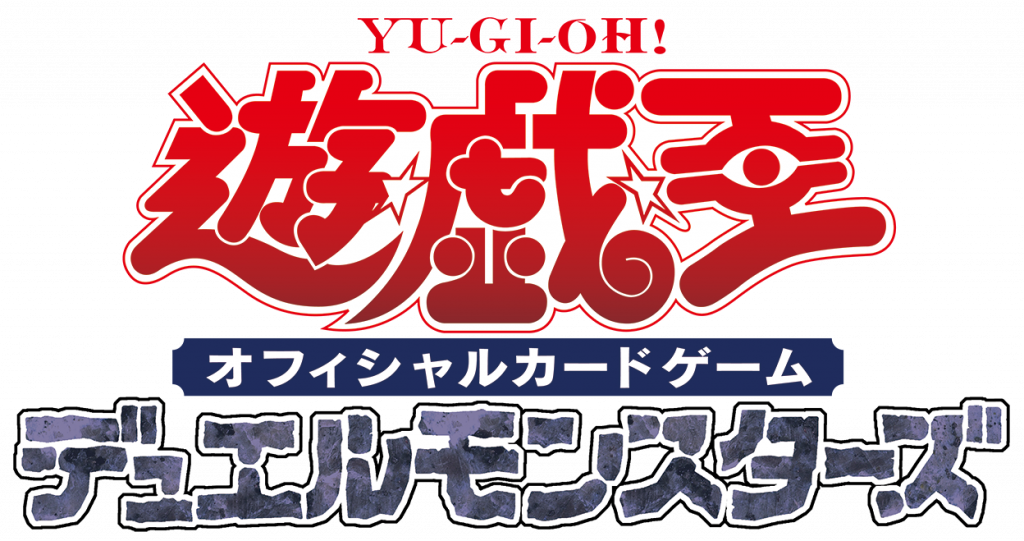
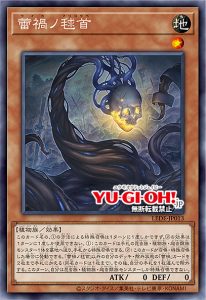

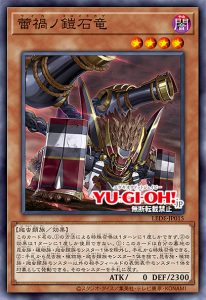
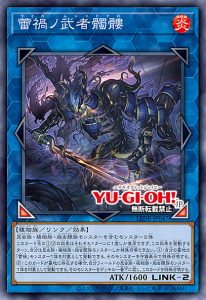
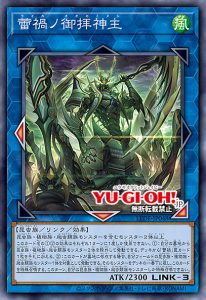
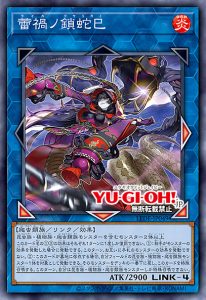
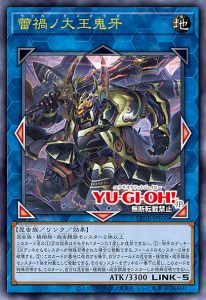
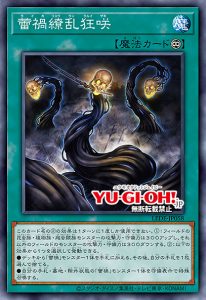

3 Comments
Great insight!
for Raika no Oogaminushi, given one of the listed possible origins of the name, I’m surprised the pun Ookunimushi wasn’t used.
I hope future archetypes can have more cultural diversity.